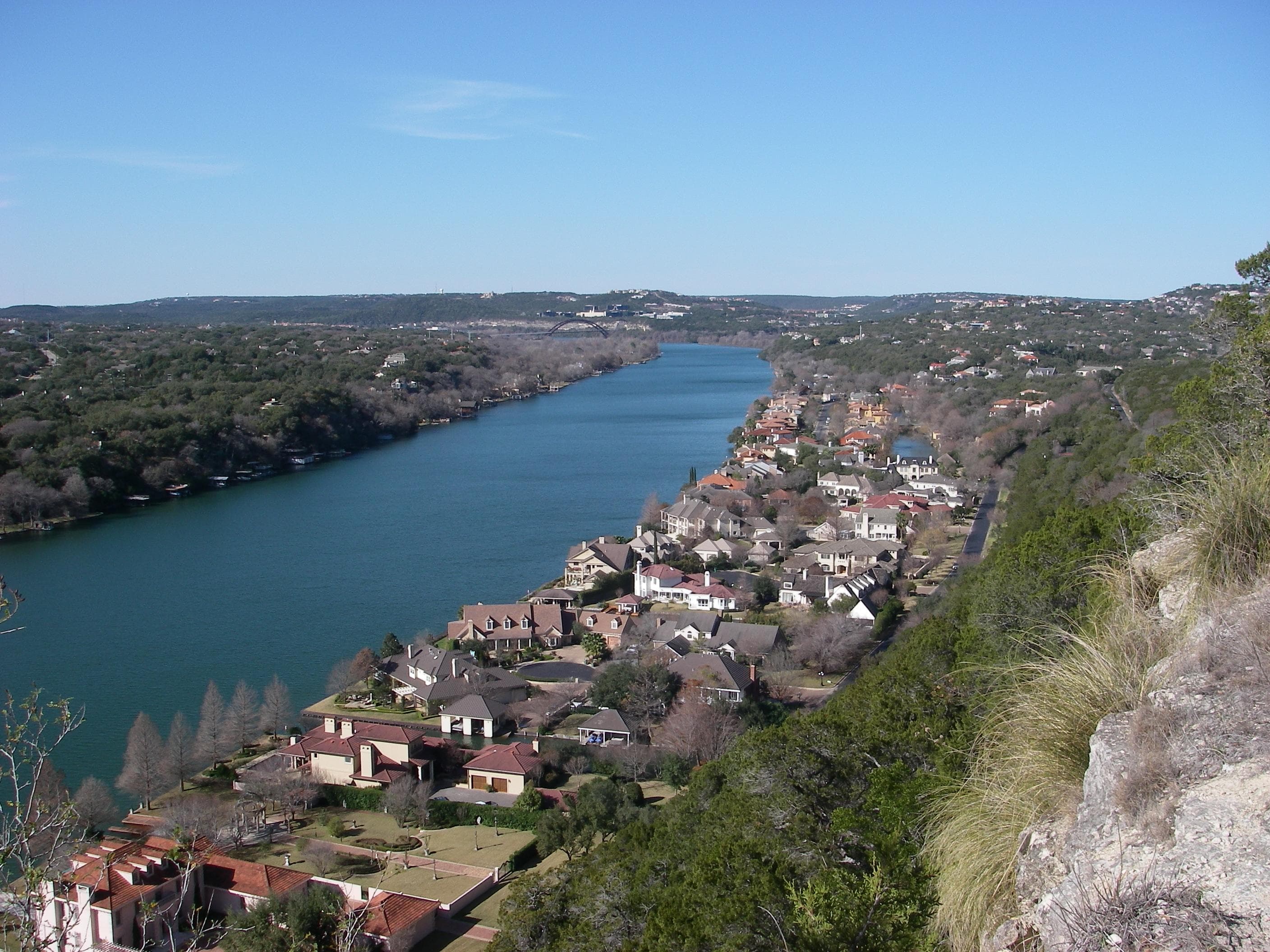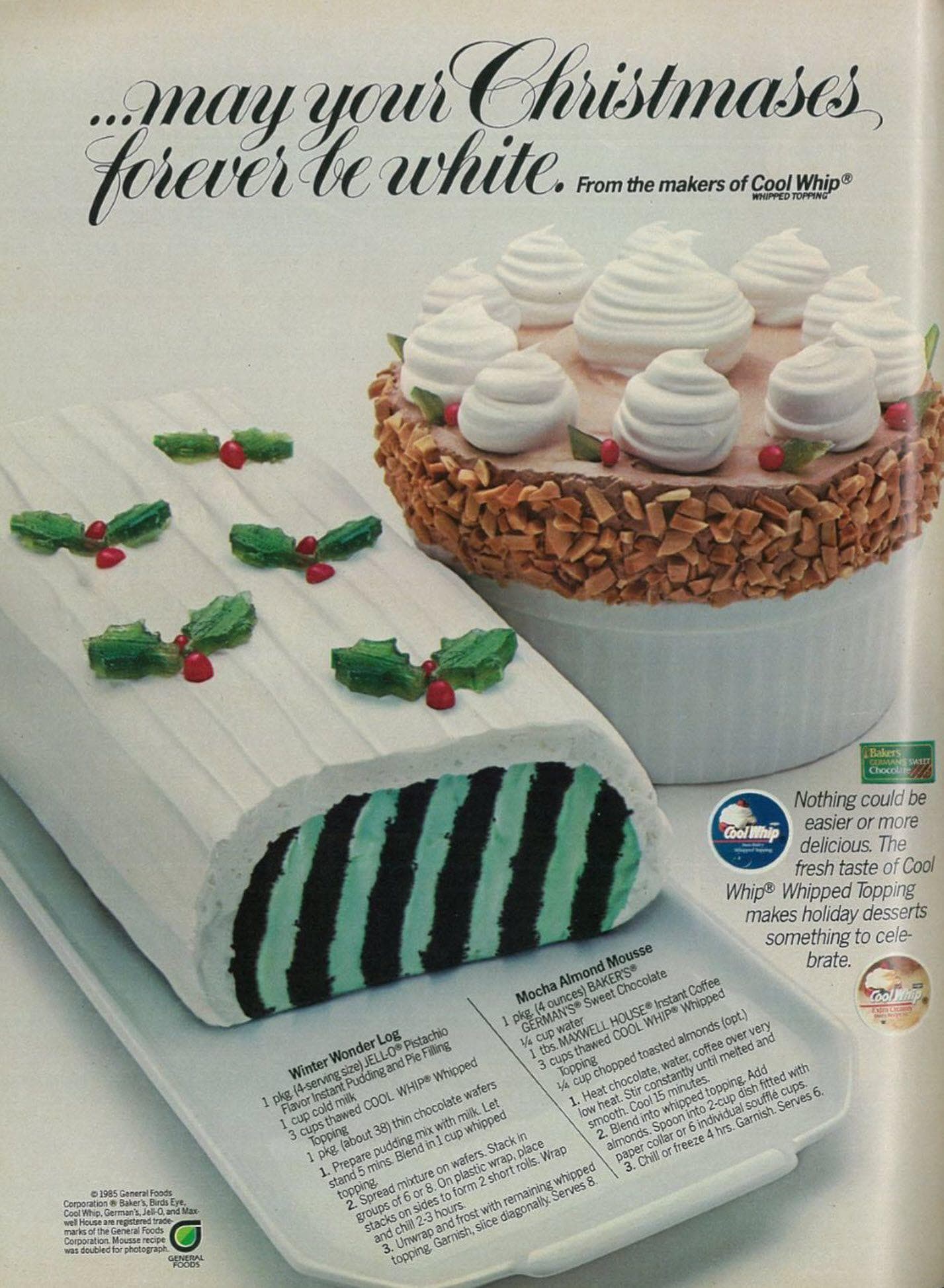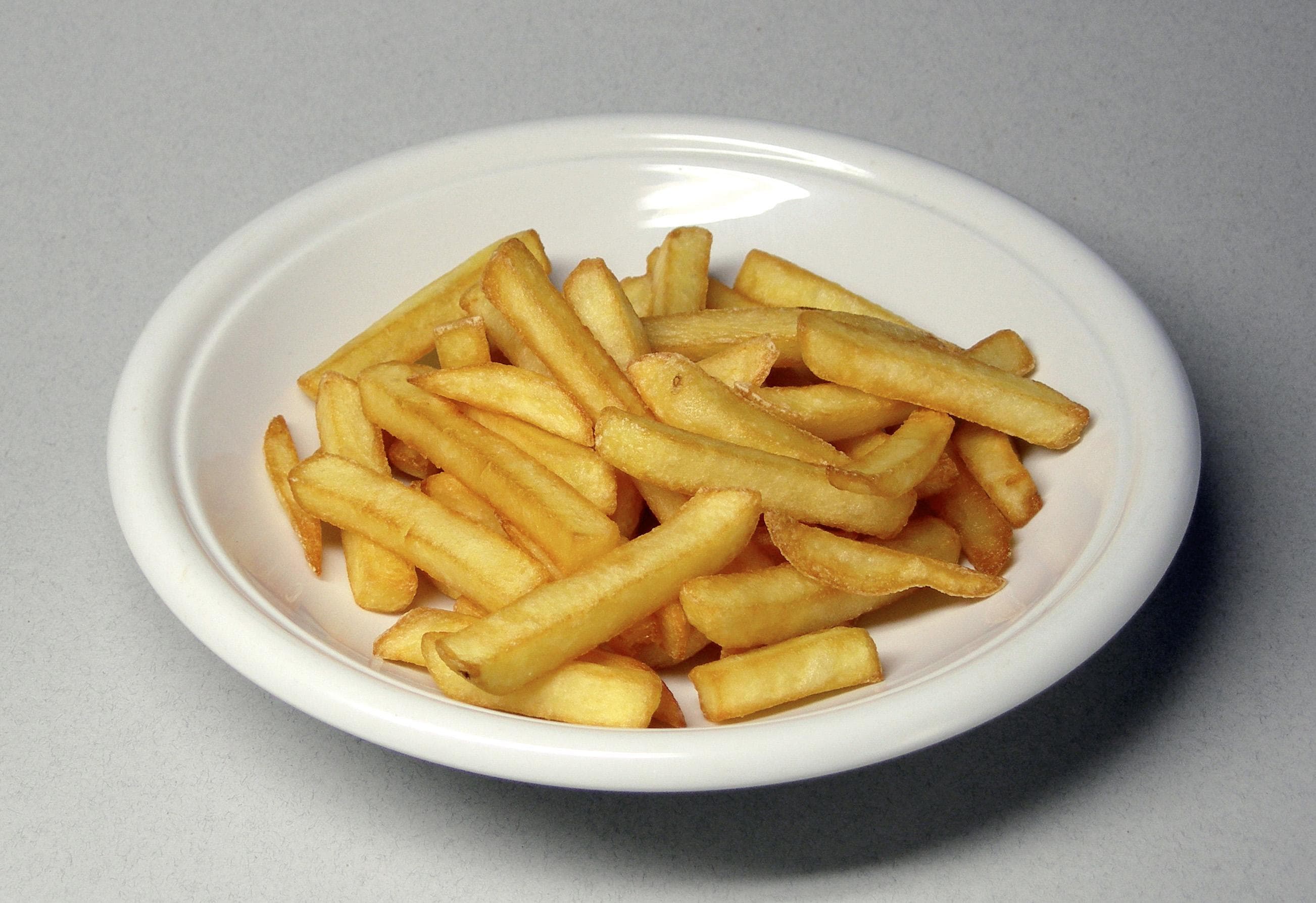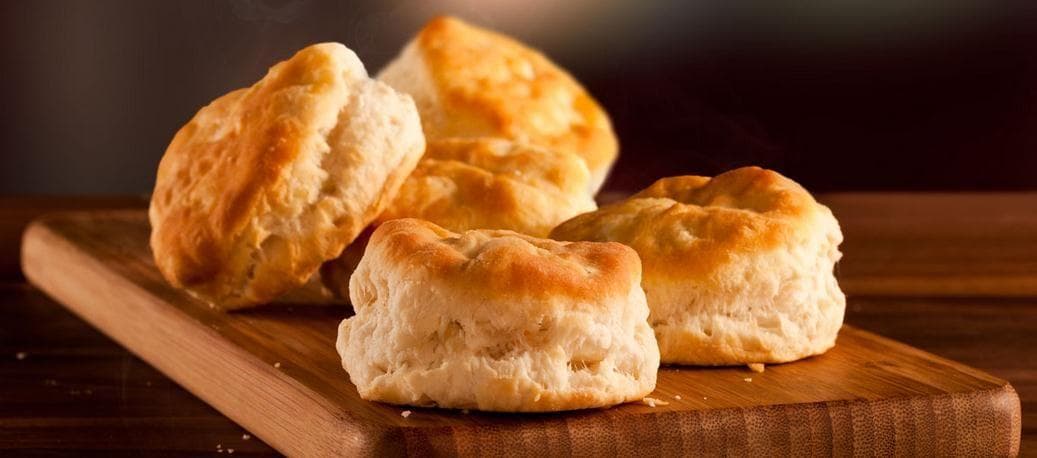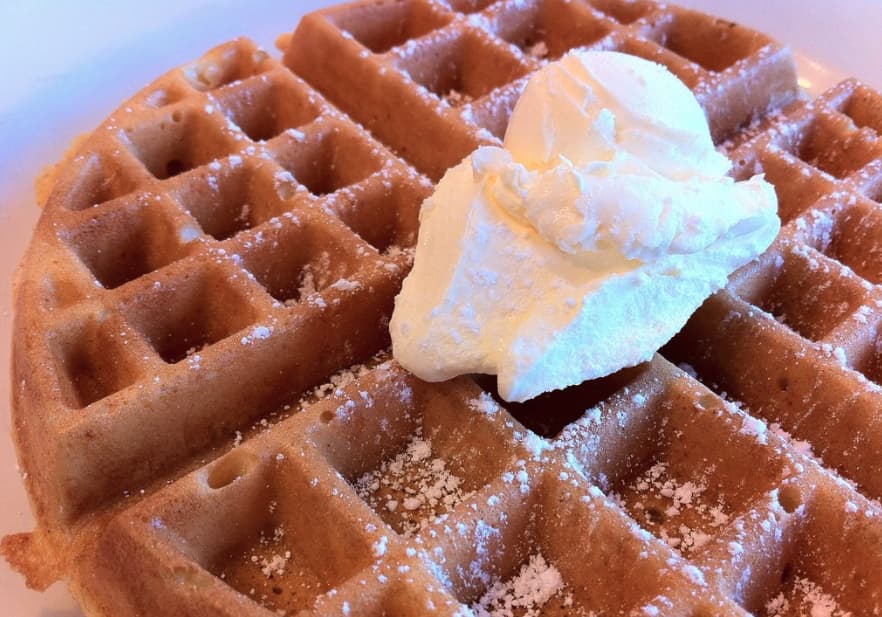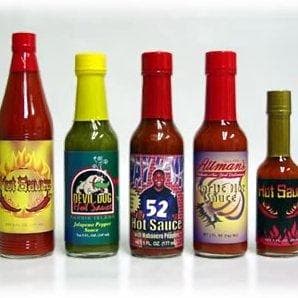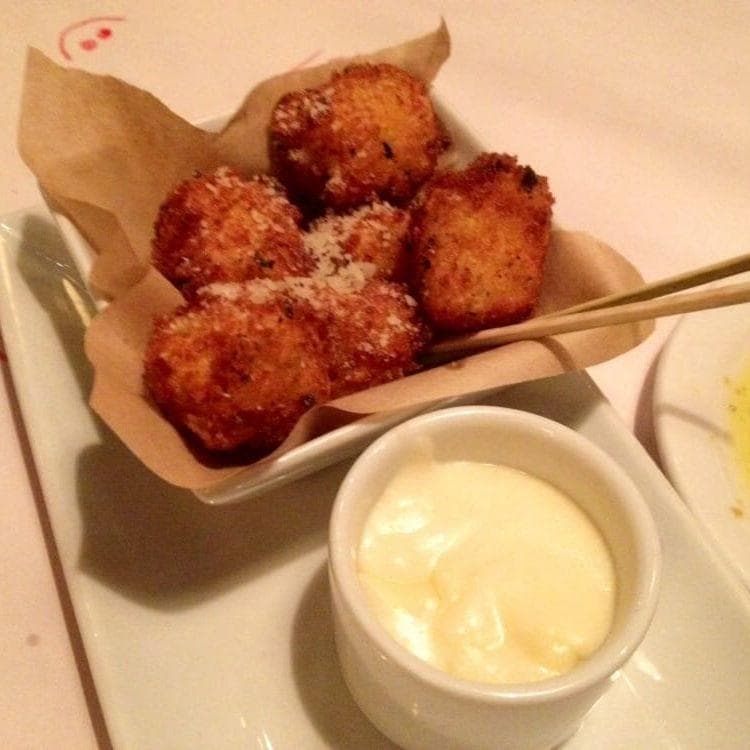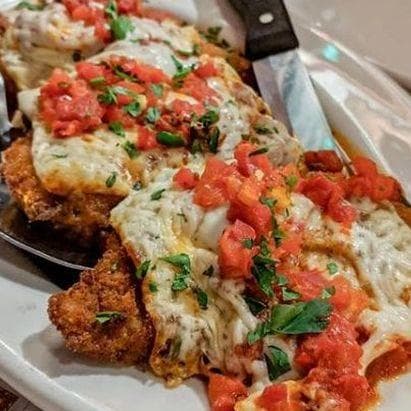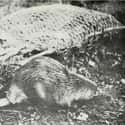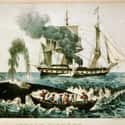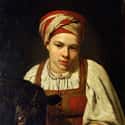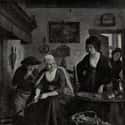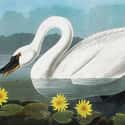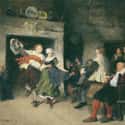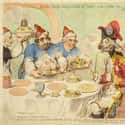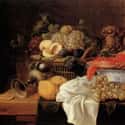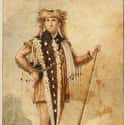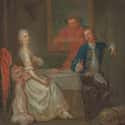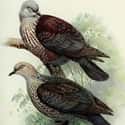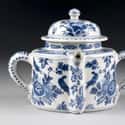-
(#1) Beaver Tail, Some Delicious "Gamey-Tasting Fat"
The huge population of beaver in North America meant that the Great Lakes region hosted a booming fur trade in the 17th and 18th centuries. It should come as no surprise, then, that beaver meat was also consumed. Beaver tail was a particular - and peculiar - delicacy in Colonial America.
The meat was very fatty and typically roasted, and it has been described by at least one contemporary cookbook writer as "essentially gamey-tasting fat."
-
(#2) Chocolate Mixed With Ambergris, A Decadent Delight
Whale vomit? One of history's most stomach-churning food additives is known as ambergris and, in essence, it's expensive whale spit-up - and men and women in the 18th century loved to add it to their food for a decadent treat. Adding ambergris to chocolate was a European import. First developed in Europe in the 17th century, the recipe spread. Pretty soon, cooks in Colonial North America were flavoring their chocolate with ambergris, too, thanks in no small part to the growing whaling industry in New England.
Today, ambergris is used as an ingredient in lots of expensive perfumes, thanks to its musky odor and attractant properties. And, you can still get in fancy hot chocolates some places if the urge ever strikes.
-
(#3) Calf's Foot Jelly, A Special Treat You Could Get Just From Boiling A Hoof
Molded gelatins and jellies were all the rage on both sides of the Atlantic in the 18th century. Calf's foot jelly, in particular, was a well known dish. And it's exactly what it sounds like: a gelatin that emerges while boiling the hoof of a calf.
Early Americans believed calf's foot jelly was even good for the sick.
-
(#4) Oyster Ice Cream, Dolley Madison's Dessert Of Choice
By the second half of the 18th century, ice cream was becoming a beloved - if decadent - dessert. Without modern freezers, however, it was difficult to prepare and keep ice cream, though many notable early Americans did. It just took a massive ice house and a large enough staff to keep large chunks of frozen water around to maintain it. Thomas Jefferson and the Washingtons famously loved ice cream.
Some liked to experiment with different ice cream flavors. One such flavor: ice cream flavored with oysters, which Dolley Madison supposedly favored. She would churn up the "small, sweet" ones from the nearby Potomac River into a... unique after-dinner sweet.
-
(#5) Eel Pie, So Prized Colonists Would Use Lobsters In Eel Traps
Colonial Americans were wild about eel. It was especially consumed in New England, where Colonists would use lobster as bait in eel traps (my, how the tables have turned). Though eel can be eaten any number of ways, eel pie was a popular way of cooking up the sea creature.
One recipe for eel pie even goes back to the 17th century.
-
(#6) Pepper Cake, A Treat You Could Keep In The Pantry For "Halfe" A Year
Colonial Americans may have had some of the same ingredients we use today - but that doesn't mean they used them like we do. Case in point: Martha Washington's Pepper Cake recipe from her cookbook, A Booke of Cookery. Pepper, a newly acquired spice from India that could be used to show off a hostess's fancy-schmancy social status, went into the cake alongside sweet ingredients like molasses.
And here's the kicker - these little babies could (and were meant to) last for "a Quarter or Halfe a Year." Like many in the 18th century, Martha Washington liked to put pepper into things we might not think to add it to, especially sweet, dessert-like concoctions.
-
(#7) Stewed Swan, A Beloved Transatlantic Dish
Colonial men and women enjoyed a wide variety of specialty meats that have since fallen off the American menu. Take the swan, for example. Today, eating what many consider to be the graceful, elegant swan would probably create an outrage.
But Colonial Americans didn't think that way. Stewed swan was one of many dishes that Colonists actually copied from England.
-
(#8) Applejack, Hard Apple Cider On Steroids
Fun fact: apples were not native to North America. Settlers from England actually brought the tree with them, and apples quickly became a dependable, multi-purpose food staple for Colonists. Perhaps the most interesting apple incarnation was applejack, which was basically a hard apple cider on steroids. Colonists created applejack by freezing hard cider. The process of freeze-distillation would jack up the alcohol content of the beverage.
Though Colonists consumed quite a bit of alcohol, and drinking applejack was like downing many glasses of alcohol at once: applejack was roughly 30% alcohol.
-
(#9) English Katchup, A Slurry Of Mushrooms, Walnuts, Oysters, And Anchovies
The ketchup we know and love today bears virtually no resemblance to the "katchup" that Colonial Americans enjoyed in the 18th century. Their katchup wasn't even tomato-based. In fact, it was an Asian-inspired sauce made from a mixture of ingredients, like mushrooms, walnuts, oysters, and anchovies.
One recipe for katchup from Colonial Williamsburg calls for an equally bizarre combination of vinegar, white wine, cloves, ginger, anchovies, horseradish, and nutmeg. Colonial Americans would then eat the savory sauce on meat or fish.
-
(#10) Lobster, A Dish Best Served To Poor People, Slaves, And Prisoners
Though some foods have remained constant over the centuries, the meanings and associations of those foods have changed dramatically. For most contemporary Americans, lobster connotes an expensive, splurge-worthy meal. Not so for early Americans. The British North American Colonies clung to the Atlantic seaboard, making seafood common. There was no more common food - in all senses of the word - than the then-lowly lobster.
In fact, lobster as a meal was associated with the vulgar lower classes of Colonial America.
Lobsters were so cheap, in fact, that they were used to feed slaves and prisoners.
-
(#11) Clabber, Curdled Milk With A Little Pepper On Top
"Clabber" was actually less disgusting than its name might suggest. It was simply a form of yogurt made from soured, curdled milk - in an era before refrigeration, so it was also pretty strong and sour. People would typically add toppings - like cinnamon, nutmeg, or pepper - to flavor the clabber.
Like many American foods, clabber was an immigrant: it came to the Appalachian backcountry with the Scotch-Irish in the 18th century.
-
(#12) Turtle Soup, A Wealthy Household Staple
One of the trendiest foods in the 18th century was indisputably the turtle. Virtually every wealthy household had a tried and true recipe for turtle soup. Though turtle soup was consumed on both sides of the Atlantic - the imperial trade meant that wealthy families in Britain and France got access to turtles from the Colonies - it was especially prevalent in Virginia and Maryland, where there were plenty of turtles.
Cooked with wine and butter, turtle soup was considered a rich, decadent dish.
-
(#13) Pigeon, A Delicacy Prepared With The Greatest Care And Flare
Today, they're known as sky rats. But in the 17th and 18th centuries, many wealthy Colonial Americans looked to pigeons as their dinner. For the upper classes who could afford elaborate meals, pigeons were a delicacy that should be prepared with the greatest care and flare.
For those who could not afford expensive spices, simple pigeon pies were also consumed.
-
(#14) Posset, A Drinkable Curdled Custard
Posset was a rich, creamy 18th-century dessert. Made with cream, eggs, and flour, posset at first sounds like a delicious custard. The catch? Add some ale, and it becomes drinkable custard, as the ale curdled the cream.
In Colonial days, posset was a popular drink to serve at weddings and was sometimes served in specialty pots.
-
(#15) Scrapple, Pork Scraps And Cornmeal Formed Into A Loaf
Scrapple: its very name suggests what it is. Found mainly in the Pennsylvania Dutch country and other regions of the mid-Atlantic Colonies, scrapple consisted of scraps of pork that were cooked with cornmeal to form a loaf. Usually, scrapple used parts of meat that would otherwise go to waste, like the heart and liver.
Some Amish and Mennonite communities continue to eat scrapple today.
New Random Displays Display All By Ranking
About This Tool
People may think some food unpalatable just because they are strange or disgusting, which may be caused by cultural differences. But these 18th-century American foods are really disgusting and few people have the courage to try them. With the development, people have no chance to eat many American ancient foods. American food in the 18th century was complex, not as refined and delicious as the European countries of the time.
Here are 15 disgusting foods that people really ate in 18th century America, the collection is at random and you could refresh it to get another group of items.
Our data comes from Ranker, If you want to participate in the ranking of items displayed on this page, please click here.


